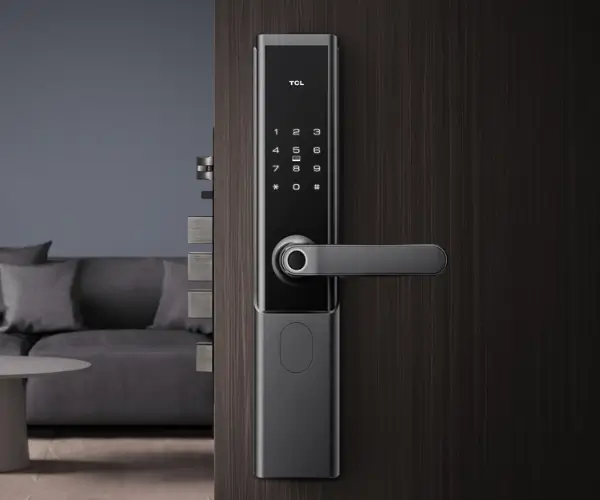Certainly! Here’s the first part of a soft, engaging article centered around the theme "remote control remote desktop session." The tone aims to be attractive and approachable, appealing to a general audience curious about remote desktop technology’s benefits and nuances.

part 1:
In an age where digital connectivity is as vital as electricity and running water, the concept of remote control and remote desktop sessions is quietly revolutionizing how we interact with technology. Imagine being able to access your office computer from home, troubleshoot a tech issue without needing to be physically present, or help a loved manage their device—all without leaving your cozy sofa. This isn’t science fiction; it’s the practical reality ushered in by remote desktop technology.
Remote control and remote desktop sessions essentially act as a bridge between two devices, allowing seamless control and interaction across potentially vast distances. It’s a digital handshake that enables one device (the client or host) to leverage the capabilities of another (the remote computer). Whether that's opening files, installing software, or navigating a complex system, the remote session makes it all possible with a few clicks.
The beauty of remote desktop technology begins with its versatility. Business professionals leverage it daily for remote troubleshooting, IT support, and telecommuting. Teachers use it to share screens with students, while technicians remotely diagnose hardware issues. At home, individuals can access their work computers during a sick day or pick up where they left off while traveling.
But how does all this magic happen? The backbone lies in sophisticated software that creates a secure link between devices. Once connected, users see a window displaying the remote desktop—almost as if they were sitting right in front of it. Commands entered on the local device are transmitted to the remote machine, which responds instantly, creating a truly interactive experience.
A key component of remote control sessions is security. Since sensitive files and systems are involved, modern remote desktop software prioritizes encryption. This ensures that, even if data traverses the internet, prying eyes remain locked out. Think of it as a secret tunnel carved through the information superhighway—only accessible to authorized users.
Moreover, advances in bandwidth and internet speeds have significantly enhanced the quality of remote desktop sessions. What used to be laggy and pixelated now often feels like working directly on the computer. High-definition screens, sound, and even device peripherals like printers or USB drives can be shared across the session, making remote control feel incredibly natural.
However, with great power comes great responsibility—and complexity. Setting up a remote desktop connection requires some technical understanding—from configuring network permissions to ensuring cybersecurity measures are in place. Mistakes in setup or weak passwords can open the door to security breaches. Therefore, choosing a trusted, well-designed remote desktop solution becomes paramount.
In recent years, SaaS (Software as a Service) platforms and cloud computing have further simplified remote sessions. Cloud-based services like Chrome Remote Desktop, TeamViewer, AnyDesk, and Microsoft Remote Desktop provide user-friendly interfaces that require minimal setup. Some of these tools even offer cross-platform compatibility, so a Windows PC user can connect effortlessly to a Mac, Linux, or mobile device.
Beyond convenience and security, remote control sessions are also eco-friendly. Reducing commute times, office space requirements, and the physical energy expended on traveling means less carbon footprint. The pandemic accelerated the adoption of remote desktop solutions, exposing their critical role in maintaining business continuity amid unforeseen disruptions.
Yet, making the most of these technologies involves understanding their limitations. Network latency, bandwidth constraints, and hardware compatibility can sometimes hamper the experience. A remote session might be slightly delayed or less smooth if the internet connection isn’t robust. Also, constant exposure to remote access tools can raise cybersecurity concerns if not properly managed.
Despite these challenges, the potential of remote control and desktop sessions is awe-inspiring. Think of a future where freelance artists collaborate with clients across continents via a shared desktop. Imagine doctors diagnosing patients remotely through high-resolution images and interactive sessions. Or consider the possibility of real-time virtual classrooms where teachers can guide students on their individual devices, regardless of geographical barriers.
The journey of remote desktop technology isn’t just about convenience; it’s about redefining how we perceive work and connectivity. It dissolves physical boundaries, blurs geographic limits, and democratizes access to digital resources. As cybersecurity strategies improve and internet speeds continue to grow, the vision of a truly interconnected world via remote control sessions becomes increasingly tangible.
In the next section, we’ll explore how remote desktop technology is evolving, the latest trends, and some tips for ensuring a secure and effective remote session experience that enhances productivity and safety alike.
(Part 2 will follow shortly with the rest of the article.)
Leveraging innovations in modular drive technology, Kpower integrates high-performance motors, precision reducers, and multi-protocol control systems to provide efficient and customized smart drive system solutions.




































